11 Eerie Texas Ghost Towns Where Time Seems To Stand Still

Texas holds more secrets than most folks realize, and some of the best ones are hiding in plain sight. Scattered across the Lone Star State are abandoned towns where rusted buildings lean against the wind and empty streets whisper stories of boom times gone bust.
Walking through these forgotten places feels like stepping into a time machine, where history hasn’t just been preserved, it’s been frozen.
1. Shafter (Presidio County)
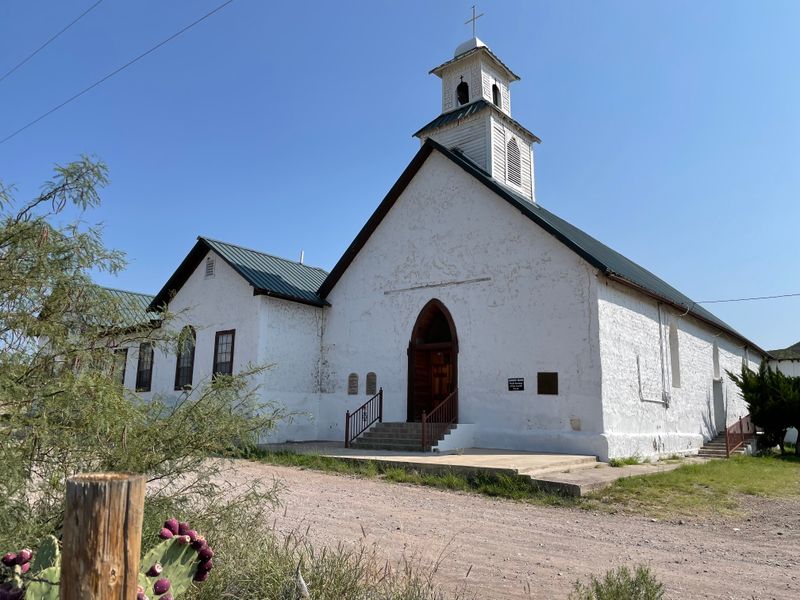
Silver was the siren song that lured thousands to this remote outpost near the Mexican border. At its peak, Shafter boasted a population of over 3,000 souls, all hoping to strike it rich in the glittering mines.
The town’s fortunes rose and fell like a rollercoaster, experiencing brief revivals before finally shutting down for good in the 1940s. What remains are hauntingly beautiful ruins of stone buildings, mining equipment, and a cemetery where headstones tell tales of hard lives.
Photographers love this place for its dramatic desert backdrop and the way sunlight filters through broken windows.
2. Terlingua Ghost Town (Brewster County)
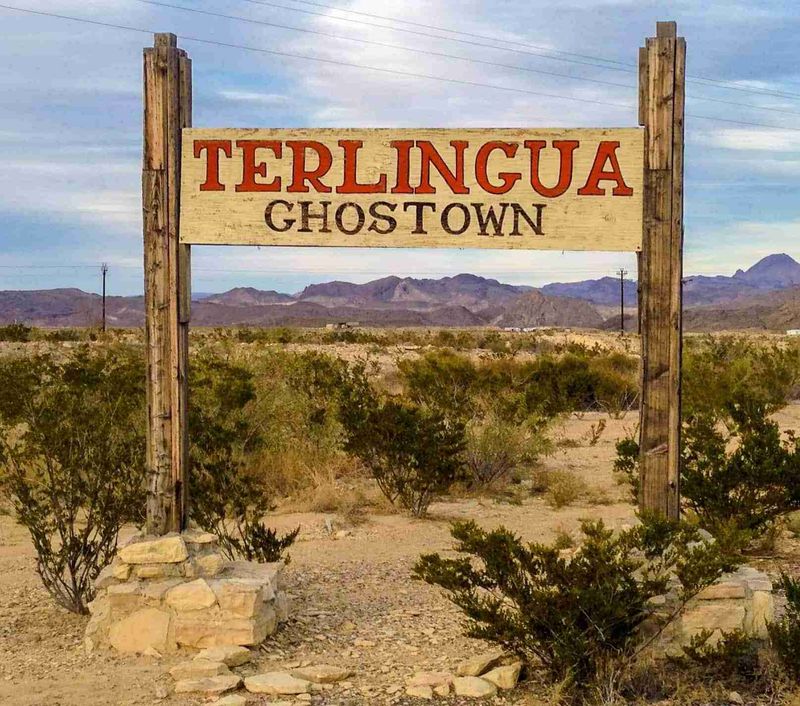
Once upon a time, this dusty corner of West Texas was the quicksilver capital of the world. Mercury mining brought fortune seekers by the hundreds, and Terlingua thrived with saloons, stores, and enough drama to fill a dime novel.
When the mines dried up in the 1940s, so did the population. Today, crumbling adobe structures stand as silent witnesses to those wild mining days. Visitors wander through skeletal remains of the old company store, cemetery, and theater.
Believe it or not, Terlingua hasn’t completely given up the ghost—a small community of artists and free spirits now calls it home, hosting the famous annual chili cook-off.
3. Thurber (Erath County)
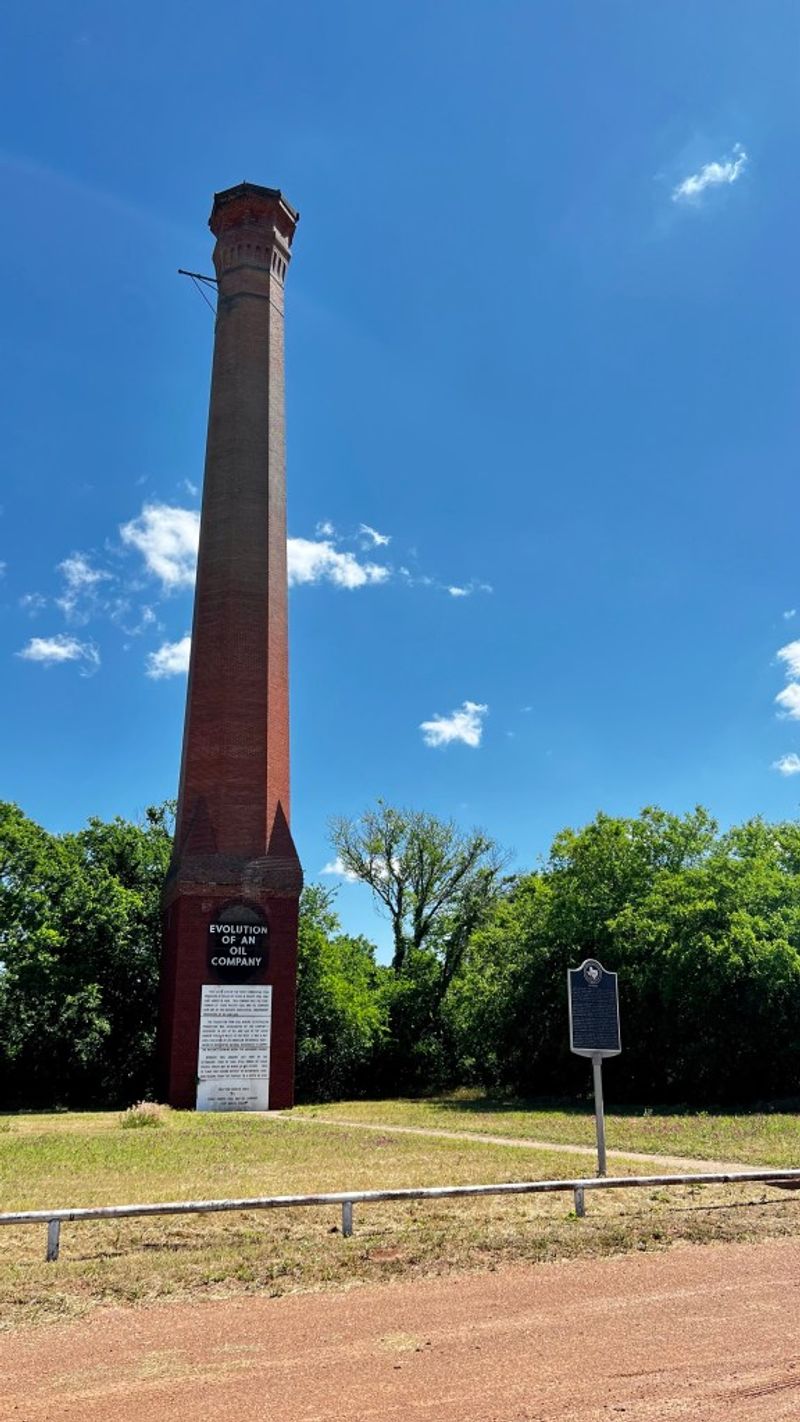
Talk about a company town—Thurber was completely owned and operated by the Texas and Pacific Coal Company. During its heyday in the early 1900s, this bustling coal mining community housed 10,000 residents from dozens of countries.
The town featured electric lights, an ice plant, and even an opera house, making it surprisingly modern for its time. When natural gas and oil replaced coal, Thurber’s fate was sealed. By 1933, the mines closed and families packed up.
Now, a towering brick smokestack stands as the town’s lone sentinel, visible for miles and reminding travelers of Thurber’s industrial glory days.
4. Helena (Karnes County)

Before railroads changed everything, Helena was riding high as the Karnes County seat. Founded in 1852, this town attracted German and Polish immigrants who built sturdy homes and thriving businesses along dusty streets.
Everything changed when the railroad bypassed Helena in favor of nearby Karnes City. Residents literally picked up their buildings and moved them, leaving Helena to slowly fade into obscurity. The courthouse stayed behind, eventually crumbling into picturesque ruins.
Today, a few determined souls still live here, maintaining what’s left of the historic structures and welcoming curious visitors to explore the skeletal remains.
5. The Grove (Coryell County)

Hidden among cedar trees and rolling hills, The Grove once buzzed with frontier energy. Founded in the 1850s, this settlement served as a stagecoach stop and trading post for pioneers heading westward.
The town enjoyed modest success until the railroad chose a different route, dooming The Grove to slow abandonment. Stone buildings constructed by German settlers still stand, their thick walls defying time and weather. A historic cemetery holds generations of families who bet their futures on this location.
Nature has reclaimed much of the site, creating an atmospheric blend of human history and wild Texas landscape that feels genuinely haunting.
6. Sherwood (Irion County)
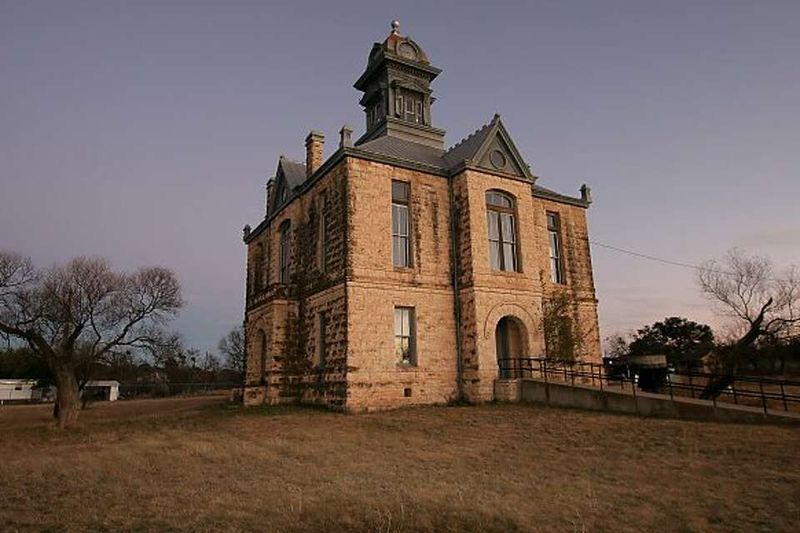
Way out in West Texas ranch country sits Sherwood, a town that never quite made it big. Established in the early 1900s when the Kansas City, Mexico and Orient Railway came through, folks had high hopes.
The town featured a hotel, general store, and school, serving surrounding ranchers and their families. Unfortunately, Sherwood couldn’t compete with larger nearby towns, and residents gradually drifted away. What’s left are scattered foundations and the occasional rusted piece of equipment slowly being swallowed by mesquite and prickly pear.
Visiting requires permission since it sits on private ranch land, but those who make it find genuine solitude.
7. Independence (Washington County)

Few ghost towns can claim the historical bragging rights of Independence. This Washington County settlement was once home to Baylor University and played a crucial role in Texas’s fight for freedom from Mexico.
Sam Houston himself lived here, and the town’s Baptist church (still standing) hosted significant moments in Texas history. When Baylor moved to Waco in 1886, Independence began its slow decline. Yellow fever outbreaks didn’t help matters either.
Today, visitors can explore the remarkably preserved church, old college buildings, and Houston’s home. Unlike many ghost towns, Independence maintains its dignity through careful preservation efforts by local historical societies.
8. Lobo (Culberson County)
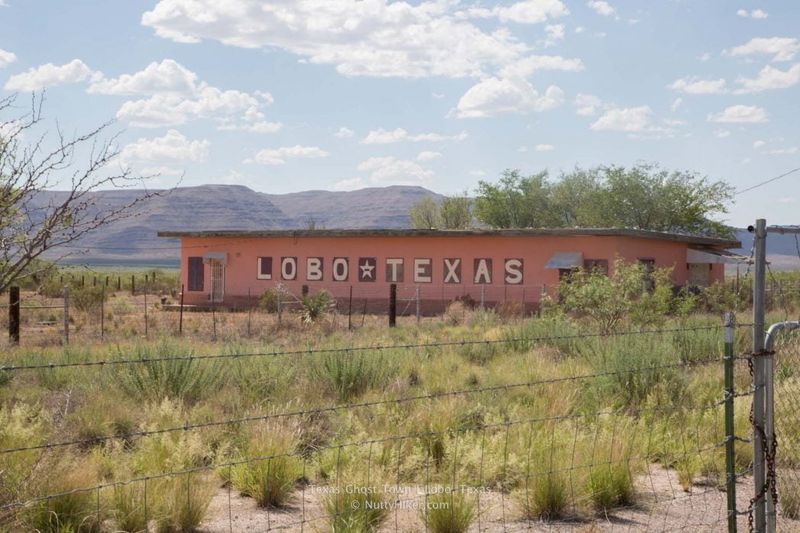
Lobo sprang up along Highway 80 back when road trips meant adventure and gas stations were lifelines in the desert. This tiny community existed solely to serve travelers crossing the vast emptiness of West Texas.
The town featured a motel, café, and gas station—everything a weary driver needed. When Interstate 10 opened in the 1960s, traffic disappeared almost overnight. Lobo’s businesses closed their doors for the last time, and the desert began reclaiming its territory.
Now, sun-bleached buildings with caved-in roofs create an apocalyptic scene that photographers and urban explorers find irresistible despite the harsh, isolated location.
9. Glenrio (Deaf Smith County)
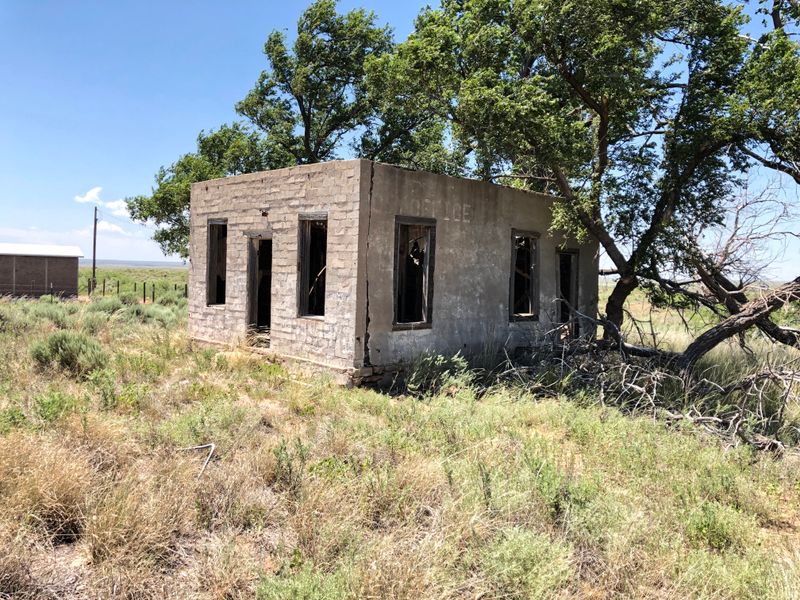
Straddling the Texas-New Mexico border, Glenrio was a genuine Route 66 roadside attraction. During the Mother Road’s glory days, this little town served countless travelers with its diners, motels, and service stations.
The town’s unique location meant some businesses operated on Texas time while others ran on New Mexico time, creating amusing confusion. When Interstate 40 bypassed Glenrio in the 1970s, the town died almost instantly. Abandoned buildings still display faded signs advertising long-gone services.
Route 66 enthusiasts make pilgrimages here, snapping photos of the iconic Texas Longhorn Motel and other crumbling roadside relics from America’s automotive golden age.
10. Toyah (Reeves County)

Water brought life to Toyah, and the lack of it eventually brought death. This West Texas town boomed in the 1880s when the Texas and Pacific Railway established a division point here.
Natural springs made Toyah an oasis in the desert, supporting hotels, saloons, and even an opera house. The town gained notoriety as a rowdy railroad hub where cowboys and workers spent their paychecks. When the springs dried up and the railroad moved operations elsewhere, Toyah’s population plummeted.
A handful of residents remain among the empty storefronts and deteriorating buildings, keeping watch over what was once a thriving desert community.
11. Barstow (Ward County)
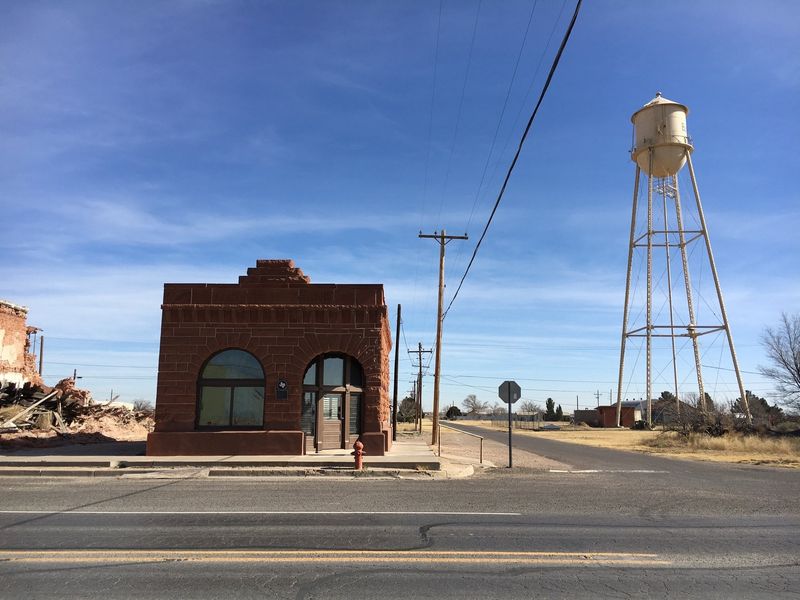
Barstow’s story is pure Texas Panhandle—big dreams crushed by bigger circumstances. Founded in 1891 as a Pecos Valley Railway stop, the town quickly attracted ranchers, farmers, and entrepreneurs looking for opportunities.
The community built schools, churches, and businesses, creating a genuine sense of permanence. Droughts, economic downturns, and the Great Depression combined to strangle Barstow’s prospects. Families left in search of better lives elsewhere.
What remains is a collection of weathered structures gradually surrendering to wind and sand. The few people who still call Barstow home maintain a stubborn connection to this harsh but beautiful landscape.
